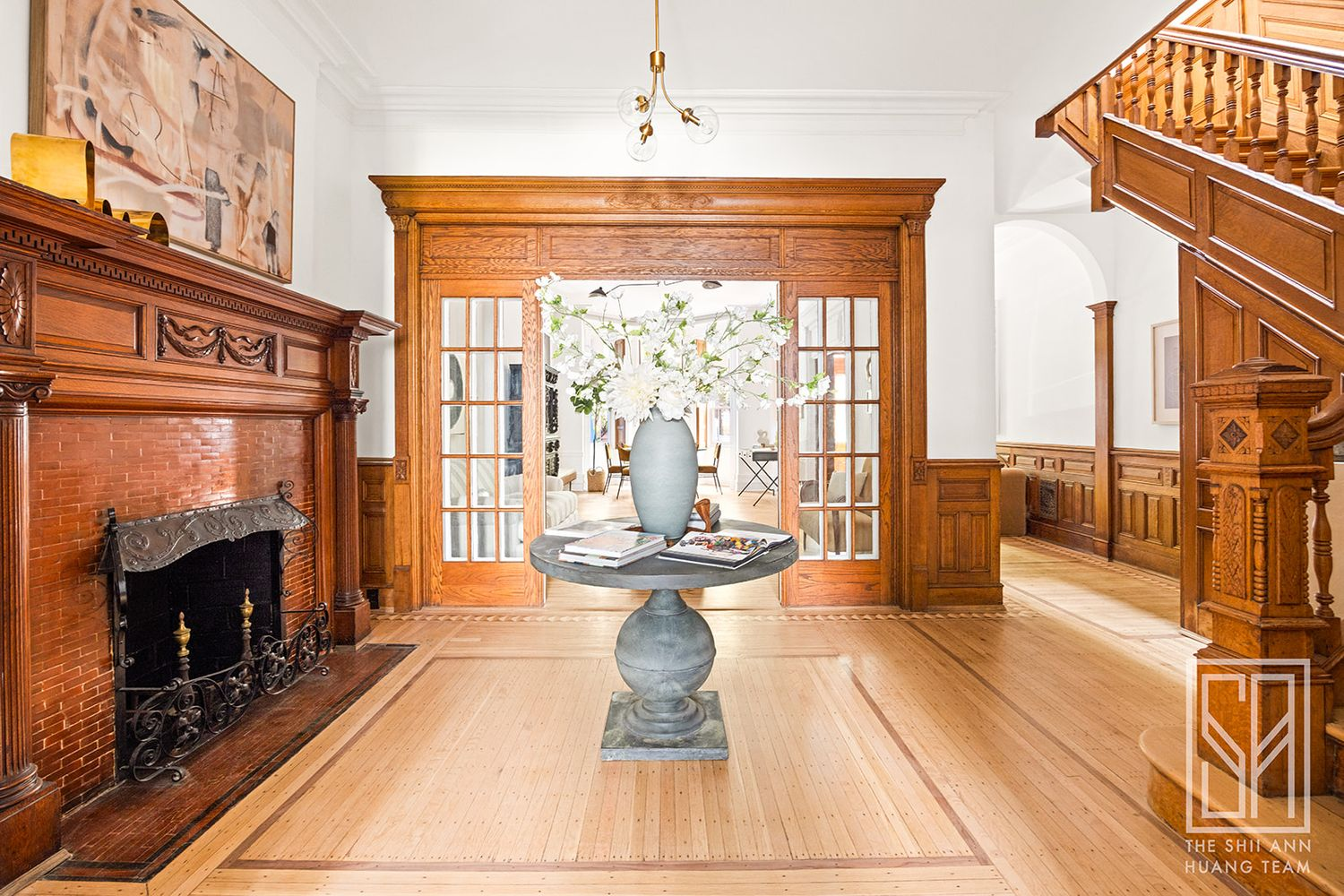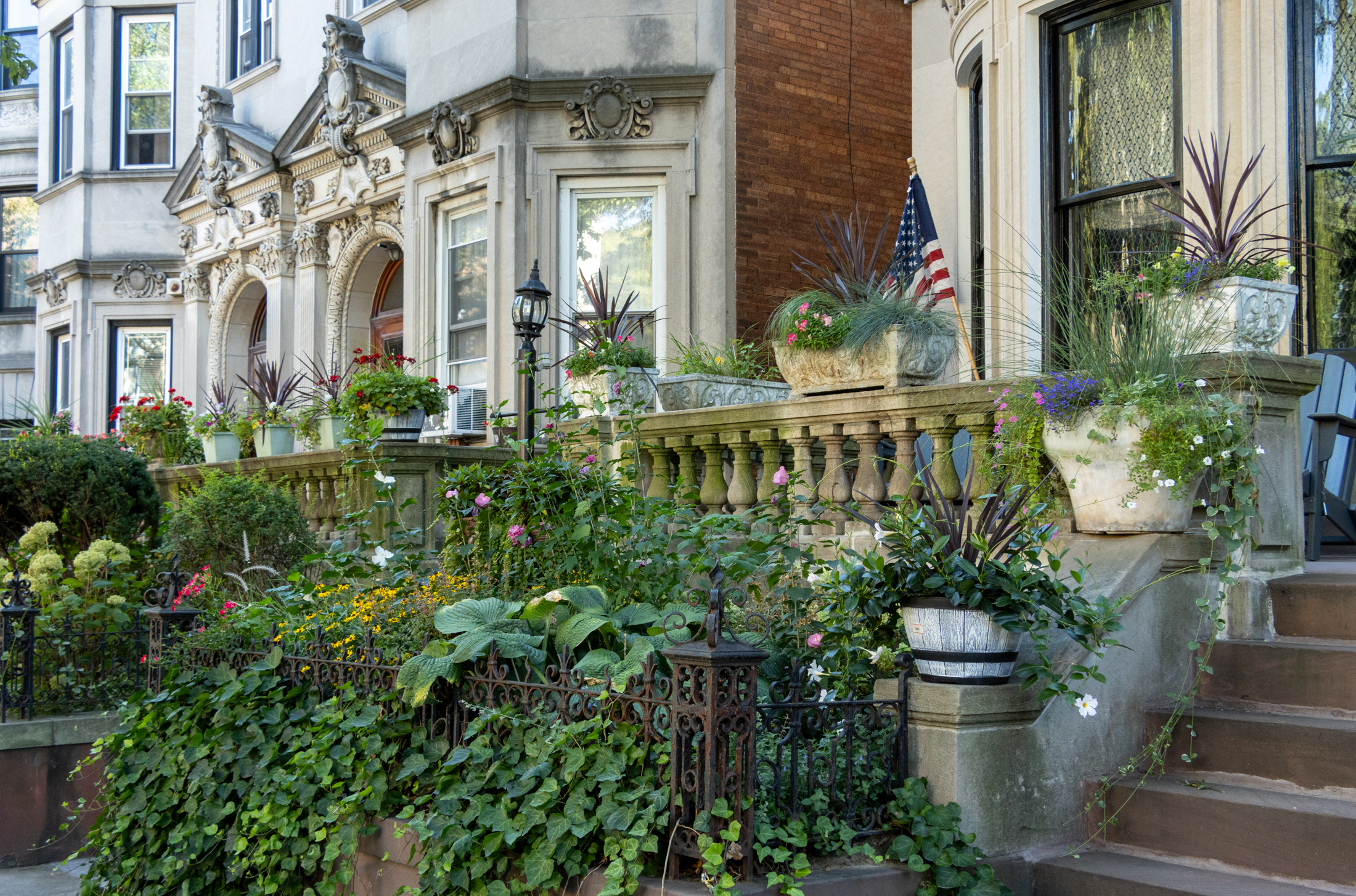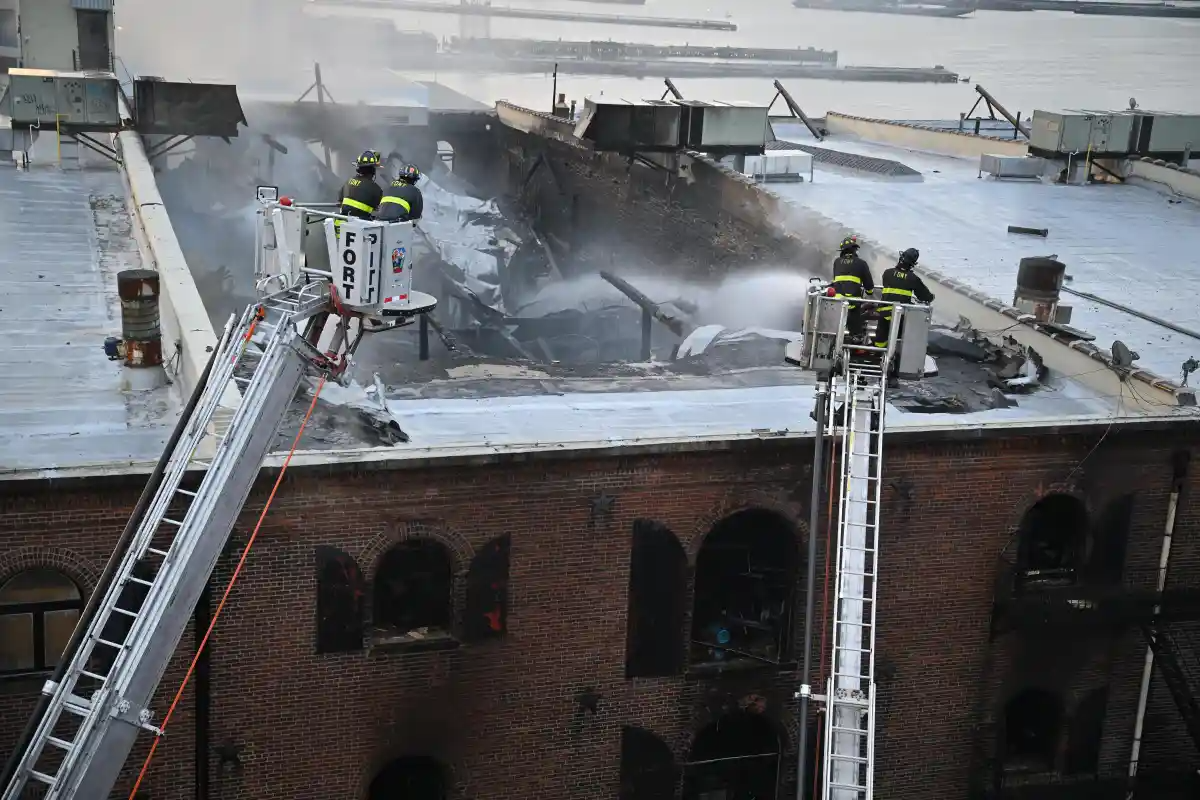Minorities Disproportionately Hit by Foreclosure Crisis
As the foreclosure crisis sweeps the area, blacks and Latinos have been particularly hard hit, according to an article in the NY Times. In fact, in 85 percent of the hardest-hit neighborhoods, the majority of homeowners are black or Latino. The most jarring statistic in the article was that middle class black households were five…


As the foreclosure crisis sweeps the area, blacks and Latinos have been particularly hard hit, according to an article in the NY Times. In fact, in 85 percent of the hardest-hit neighborhoods, the majority of homeowners are black or Latino. The most jarring statistic in the article was that middle class black households were five times as likely to have a subprime mortgage than whites earning similar annual incomes of $68,000 and higher. When The Times visited a stretch of Bainbridge Street in Bed Stuy (photo), it found anecdotally that a number of middle-class black professionals were paying interest rates of nine to 11 percent on their mortgages. One explanation given is a historic mistreatment by, and ensuing mistrust of, mainstream banks by the black community; another, of course, is the targeting of black customers by the most predatorial providers of sub-prime financing. I don’t want to say it’s in the cultural DNA, but a lot of us who are older than 30 have some memory of disappointment or humiliation related to banks, said Colvin Grannum, president of the Bedford-Stuyvesant Restoration Corporation. The white guy in the suit with the same income gets a loan and you don’t? So you turn to local brokers, even if they don’t offer the best rates. Another counter-intuitive fact: Middle-class blacks were more likely than lower-income blacks to have subprime mortgages. The hypothesized reason? The lower-income earners had access to, and took advantage of, community resources (free classes, etc.) to educate themselves. Still, the efforts to make the dream of home ownership more readily available to minorities that began under President Clinton in the 1990s has certainly had some dire unintended consequences. Rather than helping to narrow the wealth and home ownership gap between black and white, Mr. Grannum said, we’ve managed in the last few years to strip a lot of equity out of black neighborhoods.
Minorities Affected Most as New York Foreclosures Rise [NY Times]
Photo by kenf225





Well, I’m not blaming you, What, but from things you’ve said in the past, I thought you’d have a front row seat. I thought you were a real estate agent in Clinton Hill (and thereabouts) in the run-up to the boom years, got out of it, and are now a mortgage broker. Anyway, sounds like you’d agree with some of the more conservative commenters on the NYT: That people should have known better and it was their own darn fault because they were greedy. That may be, but the owners I see don’t speak English and they weren’t trying to defraud anybody, they were taken advantage of. Then there are the flippers and real estate investor insider people who were doing bizarre things such as buying and selling the same house twice in one day for $100,000 more and never paying the mortgage. I guess that’s mortgage fraud.
“What, didn’t you used to make high-interest ARM loans to minorities in subprime neighborhoods? Aren’t you doing it still?”
I know you are trying to engage me Mopar, so let me say this. I have certification in Loan Processing but never made a mortgage to anyone. I just sold houses to people and still to this day (to my knowledge) no one has defaulted yet, in fact some people made money. The reason was if you made a bad loan the Mortgage company they could “put back” the loan to you. Some Mortgage Brokers are in big trouble over this. I can sleep good at night.
Are you still looking for a house Mopar and how is the search going?
The What
Someday this war is gonna end…
I mean, would you say such clients are fully informed?
What, didn’t you used to make high-interest ARM loans to minorities in subprime neighborhoods? Aren’t you doing it still?
“Maybe the What can explain it all in more detail. From what I gather, this is what he does for a living.”
The collapse of the Mutant Asset Bubble! The assholes who believed the Hype is getting smashed!
The What
Someday this war is gonna end…
Maybe the What can explain it all in more detail. From what I gather, this is what he does for a living.
If this block was in Park Slope (assuming it still isn’t on account of PS’s protean boundaries) it’d be worth half a billion
When that article first appeared online, they specified the block of Bainbridge St. — between Thomas Boyland and Saratoga. In other words, the Ocean Hill section of Bed Stuy, not Stuyvesant Heights. One block from that house we’ve been contemplating.
Sam, I don’t think the story explained it very well. The point is that high-interest rate subprime loans with ARMs were marketed to minorities and immigrants — very often by other minorities and immigrants. They were pushed on them. Every short sale and foreclosure I see in Bushwick, the last loan was taken out in 2005 or 2006. It sure looks like the ARMs have all reset. These loans were not marketed to me and my friends, I can tell you that. I was busy buying a coop with 20 percent down and a 30-year fixed rate (a good rate). My friends complain they didn’t get the chance to buy such things.
Maybe the article should have explained how it works. Very often the real estate agent would recommend a mortgage broker and maybe even a lawyer as well.
There are some cases of outright fraud where the lawyer was working for the agent or lender, and these are being prosecuted in a class action suit in New York state. The movie Subprimed is about it.
In areas outside of New York where the buyer isn’t required to have a lawyer, people were not even told the mortgage was an ARM or that it would reset. They paid the mortgage faithfully until the day it ballooned.